The Story of Mulatto
-
Nostalgia: Playboy Opportun...
Nostalgia is a sentimentality for the past, typically for a period or place with happy personal associations. Model: Sola When I was a college student, I would go on commercial castings in my spare time. I was signed to 4 [...]Read More -
Model: Jany Tomba On The Cover of Essence Magazine at 60 years ...
Nationality: American Ethnicity: Haitian, African descent ”In the 1960s, the 1970s, black models shined, and very, very few shined as lustrously as Jany Remponeau Tomba, who became one of the very first black supermodels in America. Her modeling career spanned [...]Read More -
Scientists explains why women of color ages 10 to 20 years slo...
Do YOU have the younger gene? Scientists identify genetic recipe that knocks years off our age – and you’re twice as likely to have it if you are black. Harvard scientists led a study involving almost one million people with [...]Read More -
CARNIVAL QUEEN: CLARA PAI...
Nationality: Brazilian Ethnicity: Mix Heritage Ms. Clara Paixão, has showed her powerful samba dance style not only in Rio, Brazil, but many other Brazilian states and countries, like Argentina, and presentations Japan and Europe to name a few. The ethnic [...]Read More -
Science: Intelligence comes from a woman’s X chromoso...
A mother’s genetics determines how clever her children are, according to researchers, and the father makes no difference. Women are more likely to transmit intelligence genes to their children because they are carried on the X chromosome and women have [...]Read More -
Nostalgia: Playboy Opportun...
Nostalgia is a sentimentality for the past, typically for a period or place with happy personal associations. Model: Sola When I was a college student, I would go on commercial castings in my spare time. I was signed to 4 [...]Read More -
Model: Jany Tomba On The Cover of Essence Magazine at 60 years ...
Nationality: American Ethnicity: Haitian, African descent ”In the 1960s, the 1970s, black models shined, and very, very few shined as lustrously as Jany Remponeau Tomba, who became one of the very first black supermodels in America. Her modeling career spanned [...]Read More
- Home
- Documentary
- interview
- History
- Origins and Meaning of Mulatto
Origins and Meaning of Mulatto
A mulatto is defined as: the first general offspring of a black and white parent; or, an individual with both white and black ancestors.
Generally, mulattoes are light-skinned, though dark enough to be excluded from the white race.
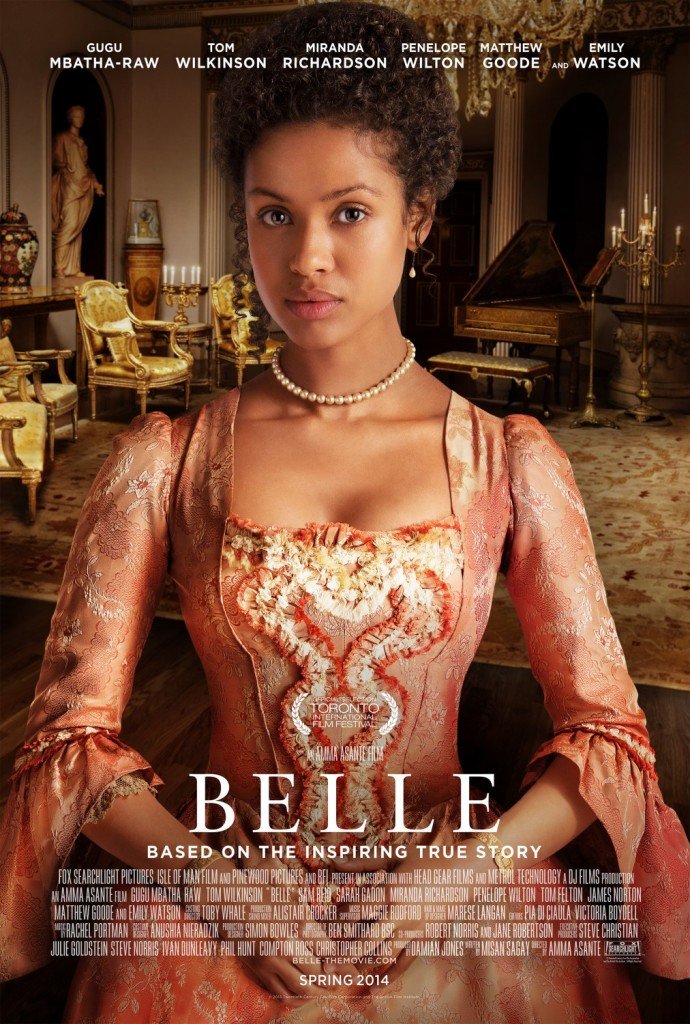
Several years ago, Jobling’s team found that more than a quarter of British African-Caribbean men have a Y chromosome which traces back to Europe rather than Africa.
The term is widely used in Latin America, the Caribbean and some countries in Africa usually without suggesting any insult. In Latin America, many mulattoes tend to be the result of generational “race-mixing” between white Europeans and black Africans since the slavery period. Mulattoes represent a significant part of the population of various Latin American and Caribbean countries: Dominican Republic(73%) (all mixed race people), Brazil (49.6% mulattoes, mestizos/mamelucos and blacks), Belize (25%), Cuba (24.86%), Colombia (25%), Haiti (15-20%).
This is especially true in countries like the Dominican Republic, Brazil, Cuba, Belize, Puerto Rico, and Cape Verde, which are also among the countries with the highest proportions of mulattoes. According to the summary of Encyclopedia Britannica, more than 50% of Cubans are mulatto and about 40 percent of Brazilian people are mulatto/mestizo.
In most other countries around the world, the United States in particular, mixed European and African ancestry in mulattoes tends in the majority of cases to be of more recent origin.
HAITI:
Further information: Gens de couleur and Social class in Haiti
Mulattoes make up at least 15% of the nation’s population.
In Haiti history they are known as the influential groups of people who held positions in office and they having privileged over slaves though their mothers were slaves.
Haiti’s Military Academy (1956-1957)
Although an independent government was created in Haiti, the country’s society continued to be deeply affected by the patterns established under French colonial rule. Because many white planters had provided for the mixed-race children they had by black African women, by giving them education and (for males) training and entrée into the French military, the mulatto descendants who along with the wealthy freedmen had been orchestrators of the revolution, became the elite of Haitian society after the war’s end. Many of them had used their social capital to acquire wealth, and some already owned land.
Major Oriol (below)
Photo Courtoisie Rachel Alicandro
Major Luc Oriol
Major Luc Oriol
The mulattoes have retained their elite position, based on education and social capital, which is highly evident in the political, economic and cultural hierarchy in present-day Haiti. Numerous leaders throughout Haiti’s history have been mulattoes.
Photo Courtoisie & Property of Gilbert Saurel
Major Paul Corvington
Major Paul Corvington
Alexandre Pétion, born to a Haitian mother and a wealthy French father, was the first President of the Republic of Haiti. His father had arranged for his education. Like other gens de couleur libre with wealthy fathers, Pétion was sent to France in 1788 to be educated and study at the Military Academy in Paris.
Miss Haiti 2010 Sarodj Bertin (below) speaks four languages fluently; Haitian Creole, French, English, Spanish and is now learning Mandarin.
The struggle within Haiti between the mulattoes led by André Rigaud and the black Haitians led by Toussaint Louverture devolved into the War of the Knives.
Haitian girls with blue eyes below.
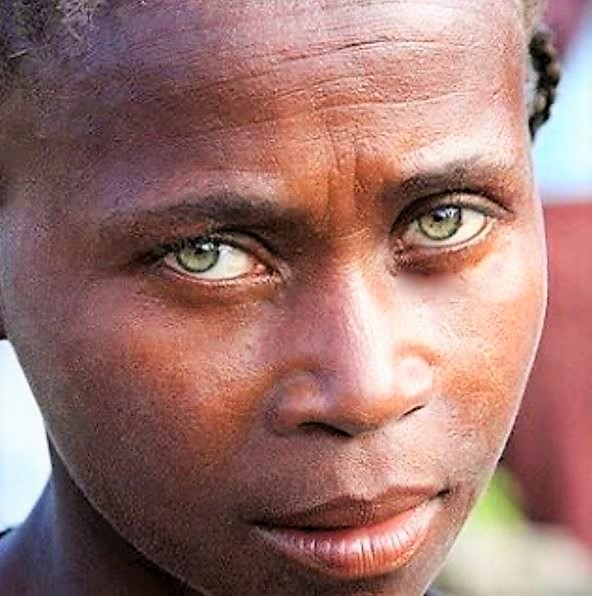
–Haitian woman with green/hazel eyes above The Pan African
In the early period of independence, former slaves of majority black ancestry led the government, as it was slaves who had done most of the fighting to achieve independence.
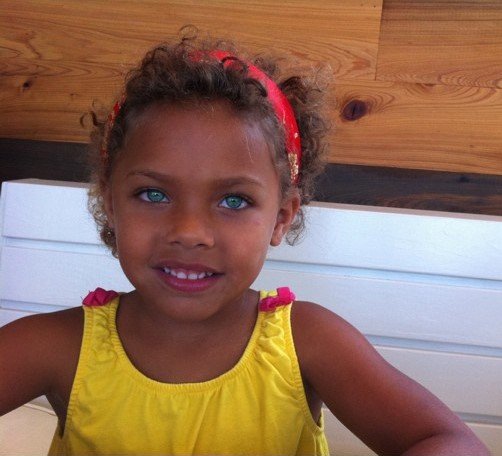
Mexico:
The roughly 200,000 Africans brought to Mexico were for the most part absorbed by the mestizo populations of mixed European and Amerindian descent. Many of the Africans brought to Mexico arrived in the port of Veracruz and were taken to other parts of Latin America.
The state of Guerrero once had a large population of African slaves. Other Mexican states inhabited by people with some African ancestry, along with other ancestries, include Oaxaca, Veracruz, and Yucatán.
Currently estimated to be 1,400,000 Afro-Mexicans as of December 2015, But according toWiki there are over 1,984,000 African Descendants in Mexico today.
Many black people in Mexico’s remote Costa Chica area near the Pacific ocean feel ignored and neglected by the state. A lot of Mexicans don’t even know the Afro-Mexicans exist. Outside their towns, they often get stopped by police who don’t believe they can be Mexican. Some have even been deported, despite having Mexican ID papers.
So who are the black Mexicans? Lucy Duran meets members of this ethnic community that is struggling for identity and recognition. They use their culture, such as the characteristic Dance of the Devils or Chilena music, to assert their identity and fight for their rights.
Radio documentary from the BBC World Service
Activists want the state to accept Black people as a separate ethnic minority, distinct from indigenous people, but with the same rights. It is not only about being able to hold your head high. It’s also about money. Those fighting for official recognition say that they’re not eligible for the special kind of financial support that similarly isolated indigenous communities get. They blame their poverty on this lack of funding.
Dr Lucy Duran meets black Mexicans ranging from a cowboy to a singer-songwriter and explores how they identify themselves, why even those who do not obviously look as though they are of African descent describe themselves as black, and why their identity has become a political issue.

Peru
930,000 (Wiki) – World Bank estimated 1.4 million in 2000 but according to Henry Gates Documentary Black in Latin America ( Episode 4 ) Peru A Hidden Race, it’s estimation is at 2,000,000.
Afro-Peruvians live primarily in the southern coastal region, in cities such as Ica and Nazca, and have contributed a special blend of religion, language and cuisine to Peru’s cultural heritage. Estimates of the country’s Afro-Peruvian population vary greatly (depending on sources) and black civil rights groups contend that official censuses and surveys do not accurately reflect their numbers.
These estimates range from 6 to 10 per cent of the total population (for example, the World Bank estimated 1.4 million in 2000). Generally, Afro-Peruvians do not hold leadership positions in government, business or the military, and it is a common criticism that blacks are discriminated against in the job application process or relegated to low-paid positions. In 2004 there were three Afro-Peruvian representatives in Congress.
Recently it has been verified that the community with the greatest concentration of Afro–Peruvians is Yapatera in Morropón (Piura), made up of around 7,000 farmers who are largely descended from African slaves of “malagasy” (Madagascar) origin. They are referred to as “malgaches” or “mangaches”.
United States
The term is generally considered archaic in the United States by some and inadvertently derogatory, especially in the African-American community. Accepted modern terms in the United States include “multiracial” and “biracial.”
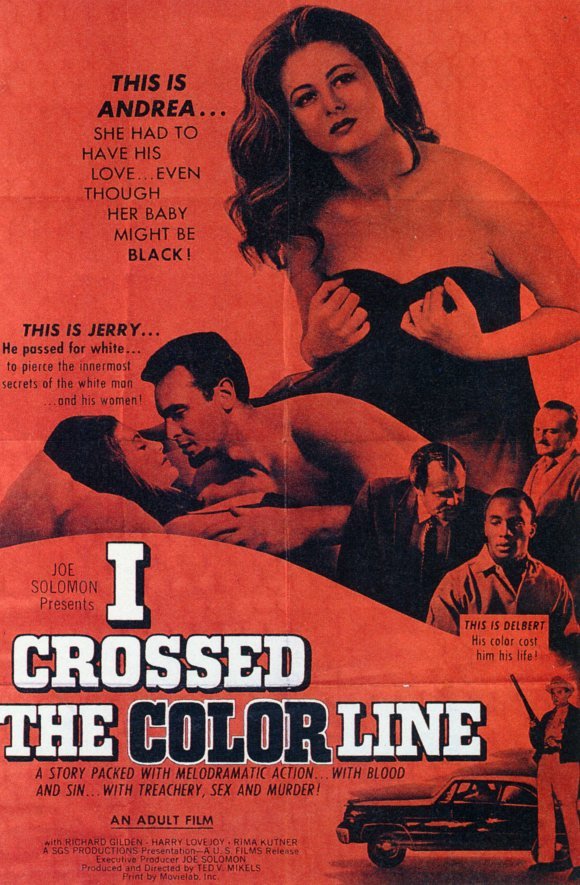
Mulatto was used as an official census racial category in the United States until 1930. (By that time, several southern states had adopted one-drop rule as law, and southern Congressmen pressed the US Census Bureau to drop the mulatto category: all persons had to be classified as “black” or “white”.)
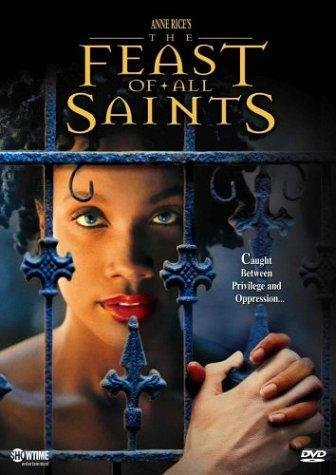
At that time, the term was primarily applied as a category to persons of mixed African and European descent. During the colonial and early federal period, in the Southern colonies and states, it was sometimes applied persons of any mixed ethnicity, including Native American and European.
During the early census years of the United States beginning in 1790, “mulatto” was applied to persons who were identifiably of mixed African-American and Native American ancestry.
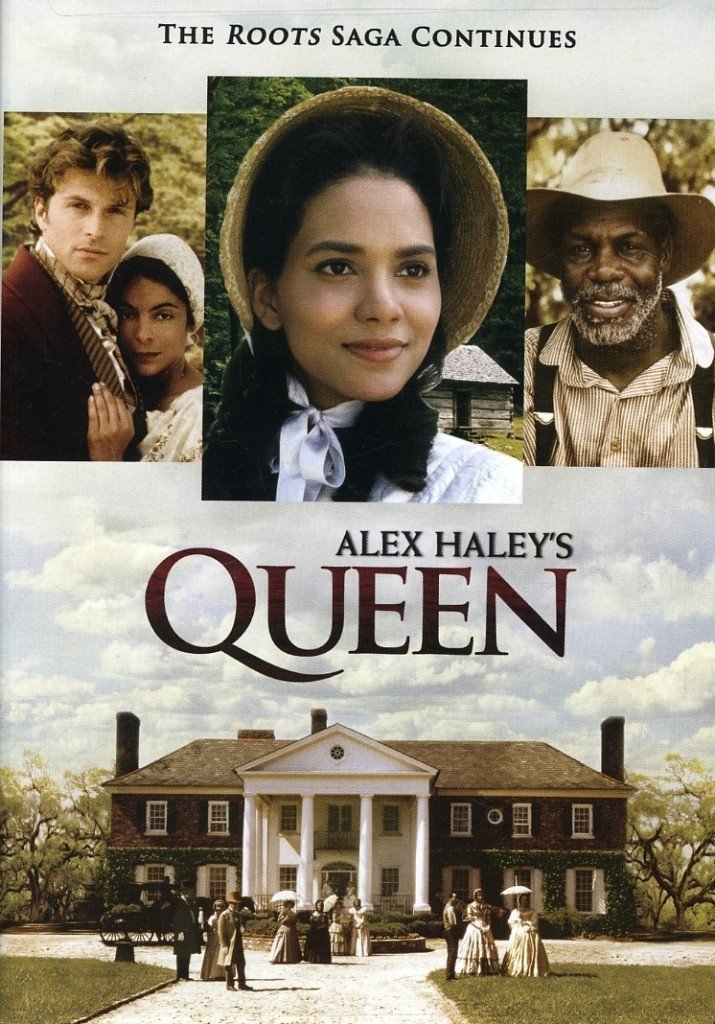
Mulatto was also used interchangeably with terms like “Turk”, leading to ambiguity when referring to North Africans and Middle Easterners, who were, however, of limited number in the colonies.
In the 2000 United States Census, 6,171 Americans self-identified as having mulatto ancestry. Since then, multi-racial people have been allowed to identify as having more than one type of ethnic ancestry.
In addition, the term “mulatto” was also used to refer to the children of whites who intermarried with South Asian indentured servants brought over to the British American colonies by the East India Company. For example, a daughter born to an South Asian father and Irish mother in Maryland in 1680 was classified as a “mulatto” and sold into slavery.
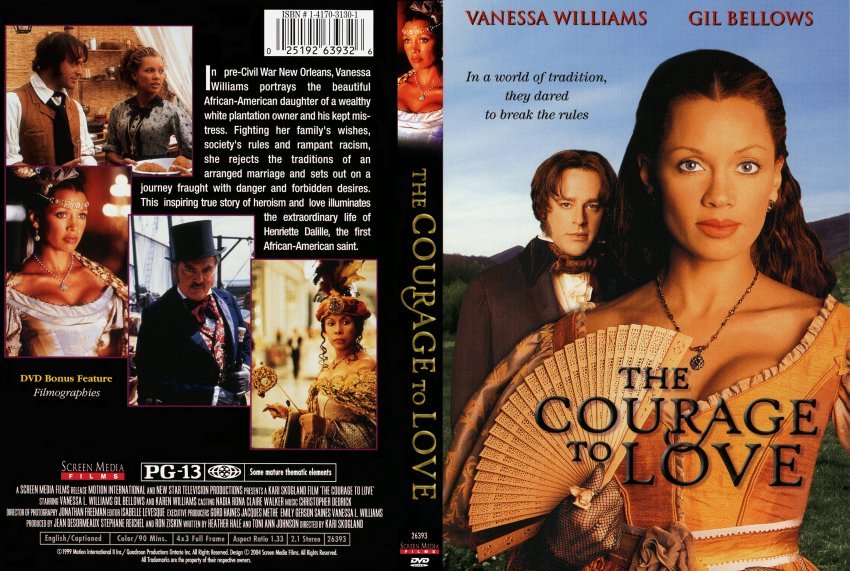
The more usual case was the use of the principle of partus sequitur ventrem, adopted by Virginia in 1662, which made the status of a child dependent on the status of the mother. Children born of slave mothers were born into slavery, regardless of who their fathers were; children born to white mothers were free, even if mixed race.

Latin America:
In colonial Latin America, mulato could also mean an individual of mixed African and Native American ancestry. However, today those who have indigenous and black African ancestry in Latin America are more frequently called Zambos in Spanish or Cafuzo in Portuguese.
Afro-Argentinos
For English: click on CC then after settings, click on subtitles, last auto translate and choose English language or what ever your mother tongue is/first language for better reading comprehension.
This is not an exact translation, but you some what have an idea as to what is being said during this interview.
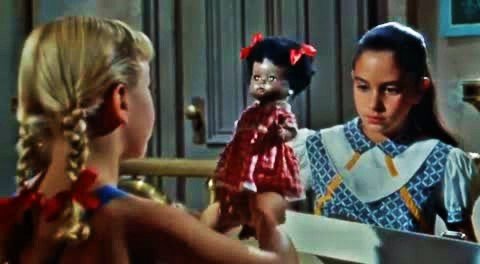
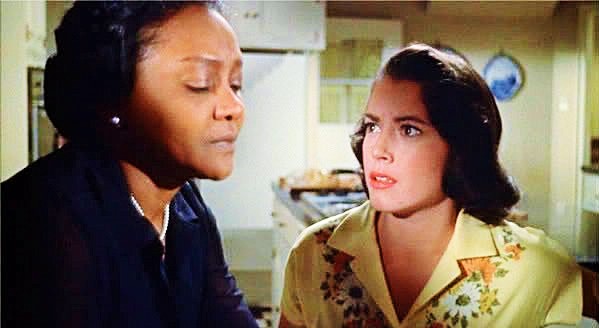
United States:
In the United States, persons who are mixtures of African American and Native American have been historically called blacks, or black Indians; in other cases they have been classified solely or identify as African American.
Federally recognized Indian tribes have insisted that membership is related more to culture than race, and many have had mixed-race members who are fully members of the tribes as their primary identification.
Obama and his grand parents below
Africa:
In Portuguese-speaking Africa, the term mestiço is used officially to describe people of mixed European and African ancestry.
Of São Tomé and Príncipe‘s 193,413 inhabitants, the largest segment is defined as mestiço and 71% of the population of Cape Verde is also classified as such.
The great majority of their current populations descend from the mixing of the Portuguese that initially settled the islands from the 15th century on wards and the black Africans brought from the African mainland to work as slaves.
In Angola and Mozambique, the mestiço constitute smaller but still important minorities; 2% in Angola and 0.2% in Mozambique.
In Namibia, a current-day population of between 20,000 and 30,000 people, known as Rehoboth Basters, descend from liaisons between the Cape Colony Dutch and indigenous African women.
The name Baster is derived from the Dutch word for “bastard” (or “crossbreed”). While some people consider this term demeaning, the Basters proudly use the term as an indication of their history.
In South Africa,
the term Coloured (also known as Bruinmense, Kleurlinge or Bruin Afrikaners in Afrikaans) used to refer to individuals who possess some degree of sub-Saharan ancestry, but not enough to be considered black under the law of South Africa.
In addition to European ancestry, they may also possess ancestry from
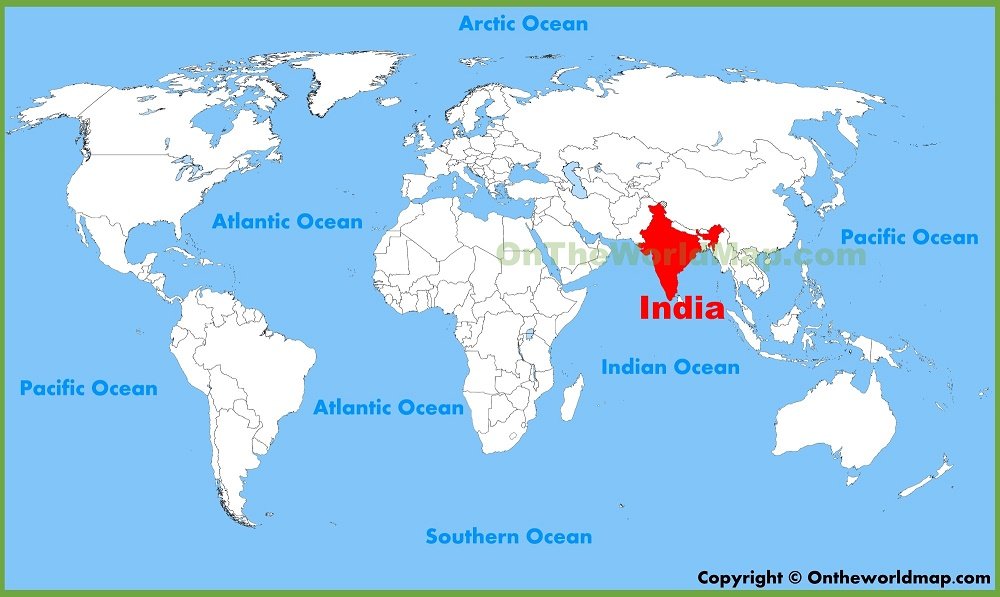
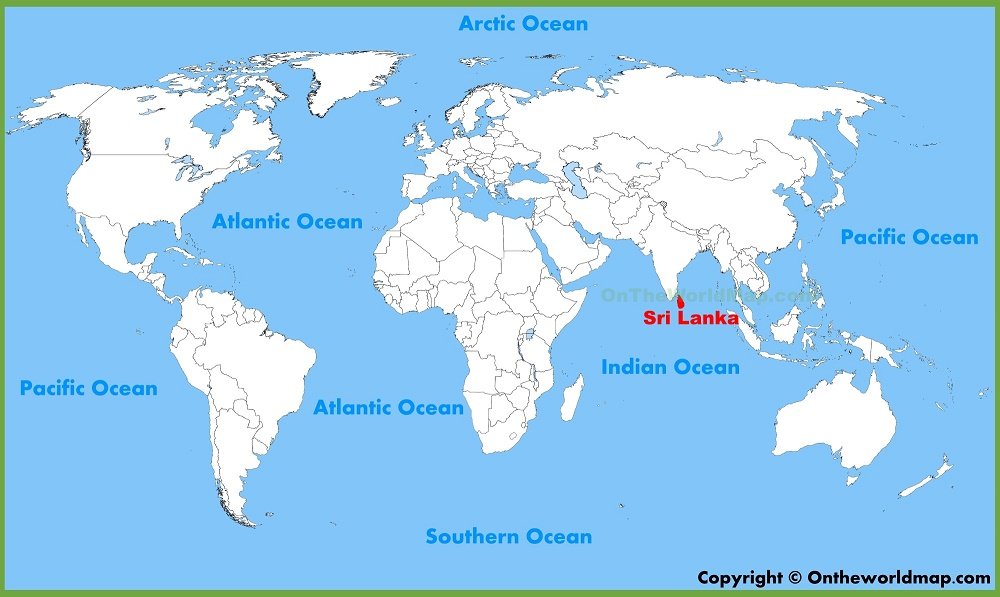
China and/or Saint Helena.
There was extensive combining of these diverse heritages in the Western Cape, but in other parts of southern Africa, the coloured usually were descendants of two distinct ethnic groups – primarily Africans of various tribes and European colonists.
Thus, in KwaZulu-Natal, most Coloureds were descended from British and Zulu heritage, while Zimbabwean coloureds were descended from Shona or Ndebele mixing with British and Afrikanersettlers. Griqua, on the other hand, are descendants of Khoisan and Afrikaner trekboers.
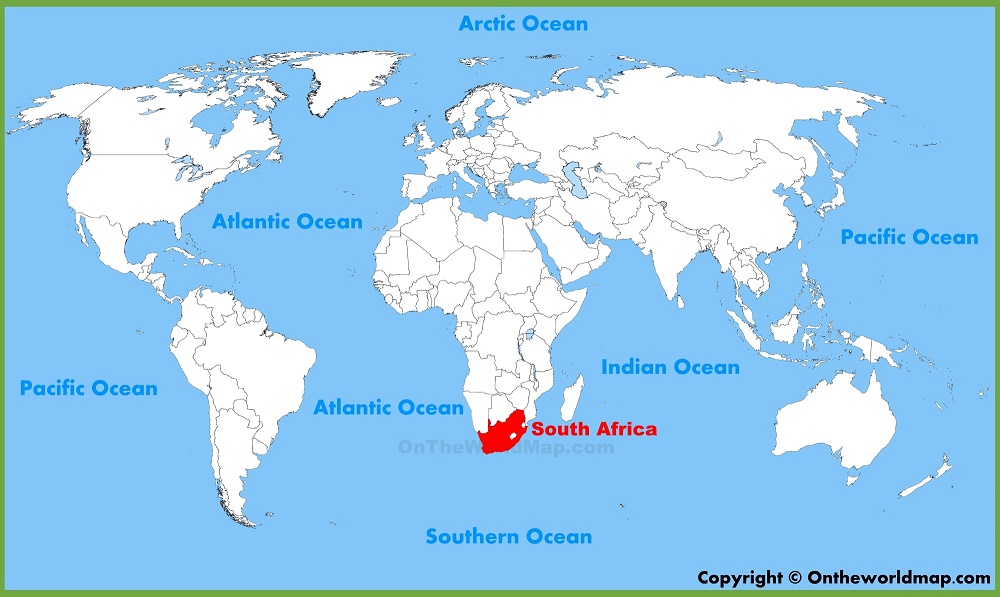
Despite these major differences, in the South African context, they were historically considered “coloured,” as descended from more than one “naturalised” racial group. Such persons may not use the term, and individually identify as “black” or “Khoisan” or just “South African”. The Coloureds comprise 8.8% (about 4.4 million people) of South Africa’s population.
In Mauritius,
and the Seychelles, there are numerous mixed-race people. In Mauritius, they are called creoles, and in Réunion they are called ‘cafres.
Obama’s Parents below
Robin Givens and her children below
More in depth links below:
JCM: TheTragic Mulatto – Ferris State University
Mulatto – Merriam-Webster Online
Mulatto | Define Mulatto at Dictionary.com
mulatto | people | Encyclopedia Britannica
mulatto diaries | creating a bye-racial world
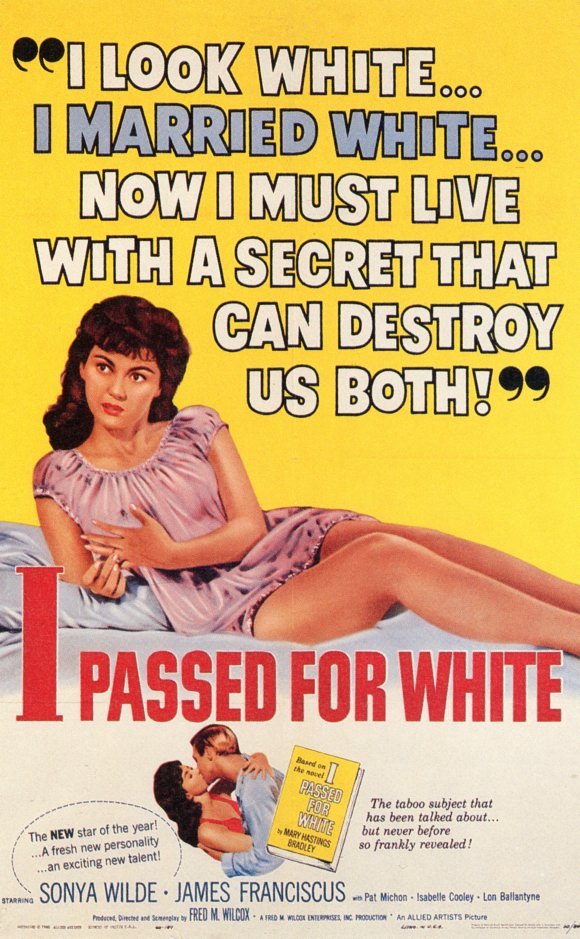
Movie PLot:
Bernice Lee (Sonya Wilde) is a young woman of mixed African and European ancestry, living in Chicago with her family, who is mistaken for a purely white woman by a white man, who tries to hit on her repeatedly. Her brother, more obviously of mixed heritage, fights off the man. Bernice’s grandmother consoles her when she confides her troubles.
After a failed attempt at looking for employment as a black, she decides to leave town, use the name Lila Brownell and live as a white woman. On the plane to New York City she meets and eventually marries the man of her dreams – Rick Leyton (James Franciscus) – only she hasn’t told him she is part black. He and his rich family and friends are white. Her white friend Sally (Patricia Michon), and black maid Bertha (Isabel Cooley) both advise her not to tell him. She becomes pregnant, and fears the child will have black features or coloring – and gets a book to read about this unlikely possibility, which she hides. Rick eventually discovers it, although their maid claims the book belongs to her.
Lila goes into premature labor and has a stillborn child, but cries out “Is the baby black?” after she awakens from anesthesia. This leads Rick to suspect that his wife has been unfaithful. Eventually, she and her husband divorce without Bernice ever having revealed her true name or past. She then returns to her family in Chicago and her original identity.
Similar posts
- Early humans migrated out of Africa t... — A study of present-day genomes of north-east Africans suggests the northern route through Egypt and the Sinai was more likely. DNA evidence proves early humans survived last Ice Age. Study: Early humans had better levels of gender equality than now. Jawbone discovery pushes birth of humanity back 400,000 years. Early humans migrated out of Africa [...]
- Byzantine Emperor Manuel I Komnenos a... — Italy (c. 1150) Found in the Vatican Library, Rome. Artist: Unknown Manuel I Komnenos was a Byzantine Emperor of the 12th century who reigned over a crucial turning point in the history of Byzantium and the Mediterranean. His reign saw the last flowering of the Komnenian restoration, during which the Byzantine Empire had seen a [...]
- Africa’s Richest Woman Is Worth... — Nationality: Angolan Ethnicity: African father & Russian mother. Isabel dos Santos is an Angolan investor considered by Forbes to be the richest woman not only in Angola, but the whole of Africa. In 2013, according to research by Forbes, her net worth had reached more than three billion US dollars, making her Africa’s first billionaire woman. She is [...]
- 7Ft Tall Africans In Ancient Roman Ti... — European, American & Canadian Reports- –Forgotten Race – Hugh Newman Sounds like the basket ball players of our modern times, that were ancient African soldiers in the Mediterranean. Thank you A.P. for writing this article… Tall African men exist even today, they are our great athletes we admire. For instance, the 7 foot 1 inch Chamberlain [...]
- Women Outperform Men When Identifying... — Evolutionary psychologists have suggested that females, because of their role as primary caretakers, are wired to quickly and accurately decode or detect distress in preverbal infants or threatening signals from other adults to enhance their chances at survival. –Models Ebony Anderberg, Malika & Chelsea Dleah. Women are better than men at distinguishing between emotions, especially fear and disgust, [...]
NEWSLETTER
Categories
accessories Actors Aging ARTAthlete Beauty Beauty Pagent BookCars Classics Dance DecorDocumentary FashionFinance Gemstones Hair HealthHistory inspirational interior designInternational News interviewMake-Up Men's Fashion Models MovieMusic Music Video My Personal Beauty Secret My Travels Nostalgia PhotographyQuotes Rant Real Estate RoyaltyScience Technology TheoryTrailers Travel Uncategorized VacationWedding
Universal Truth
Take care of your body, it's the only
place you have to live- Jim Rohn
In Latin, the word Africa means “sunny,”
Aphrike in Greek means “without cold.”
- Get link
- X
- Other Apps
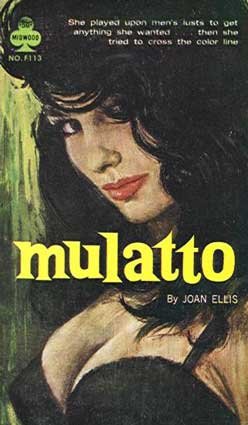
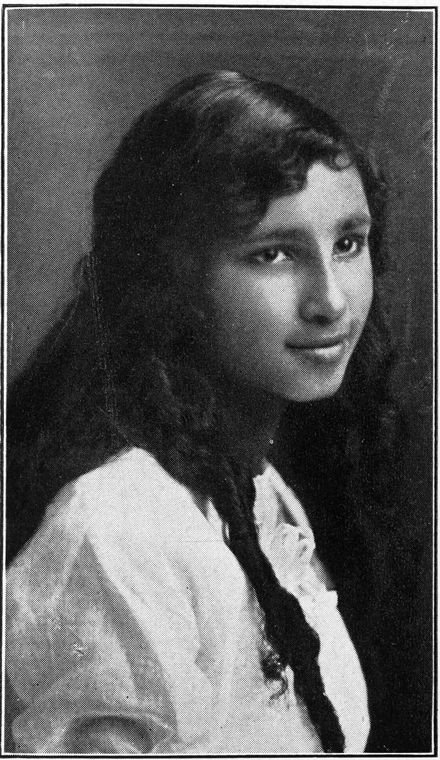
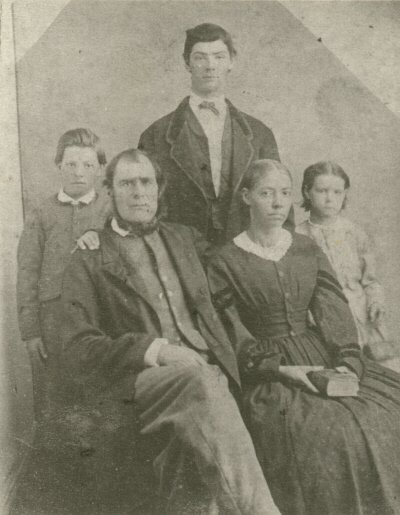
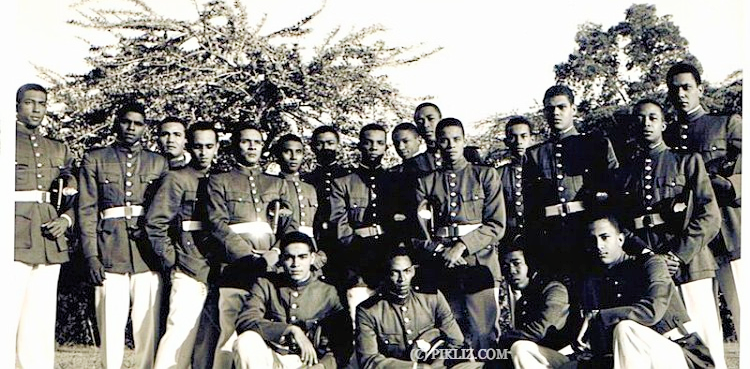
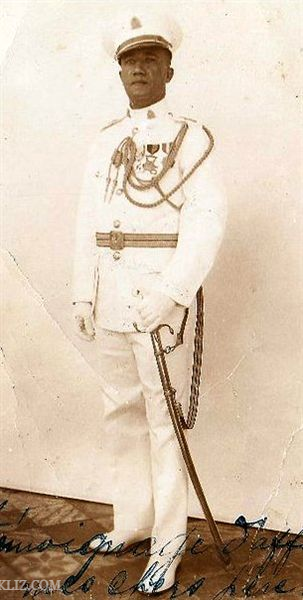
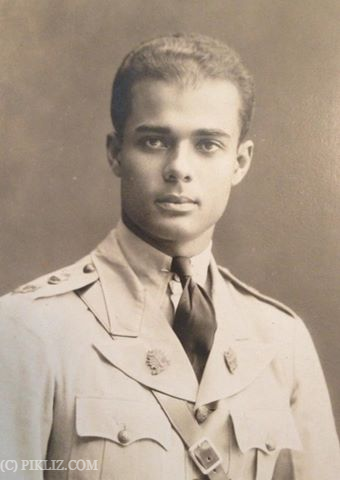

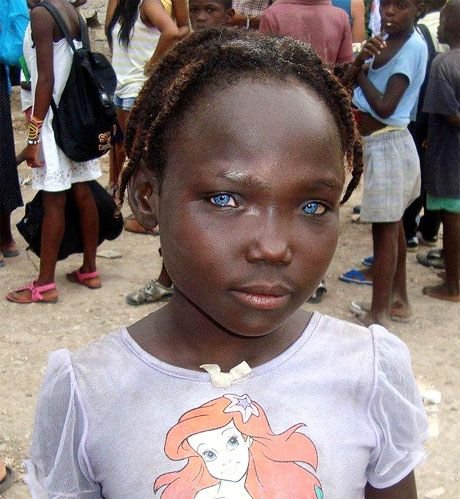
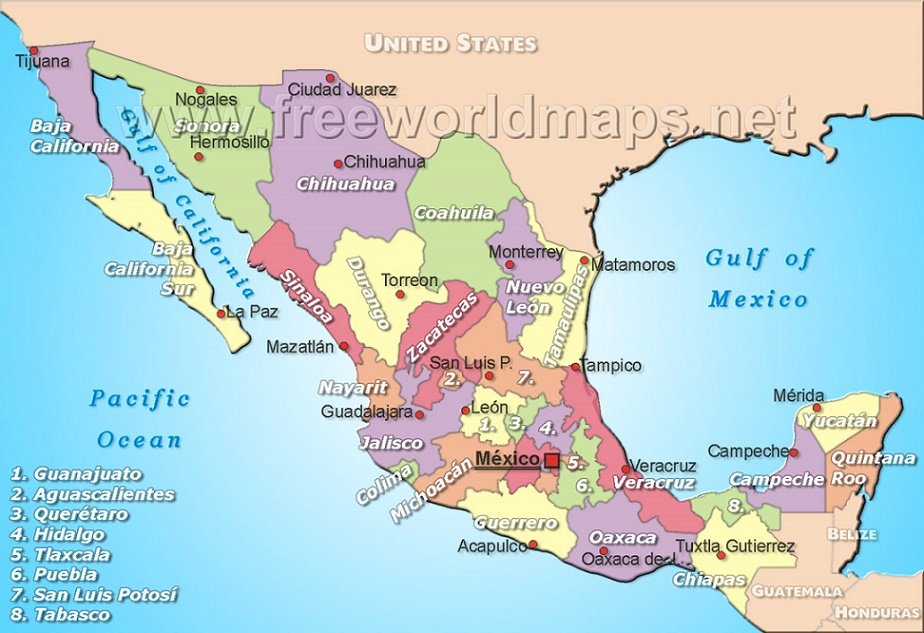
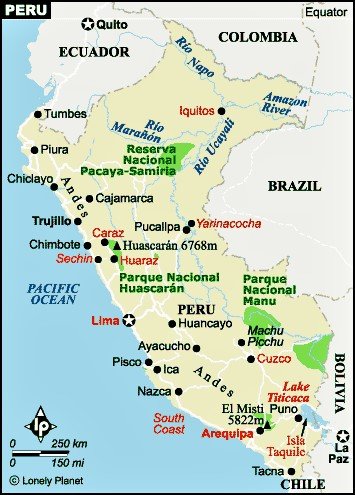
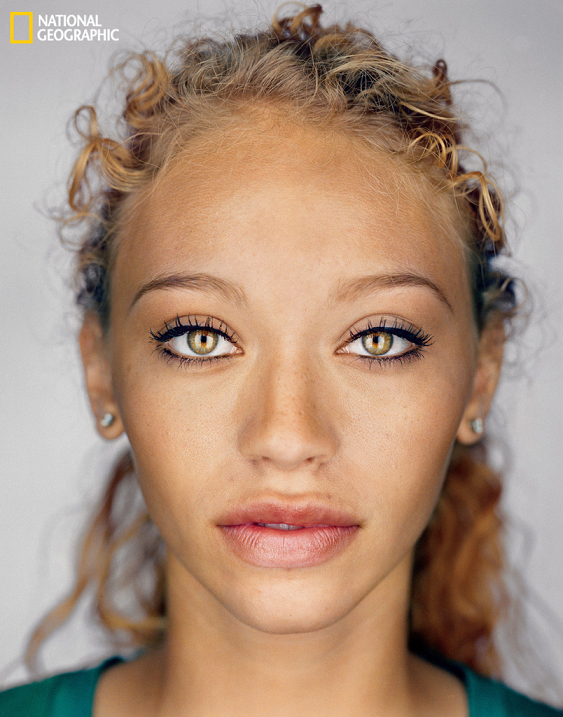
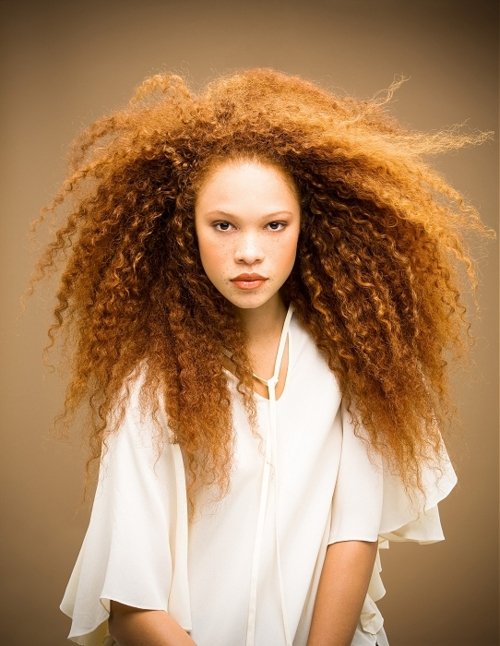
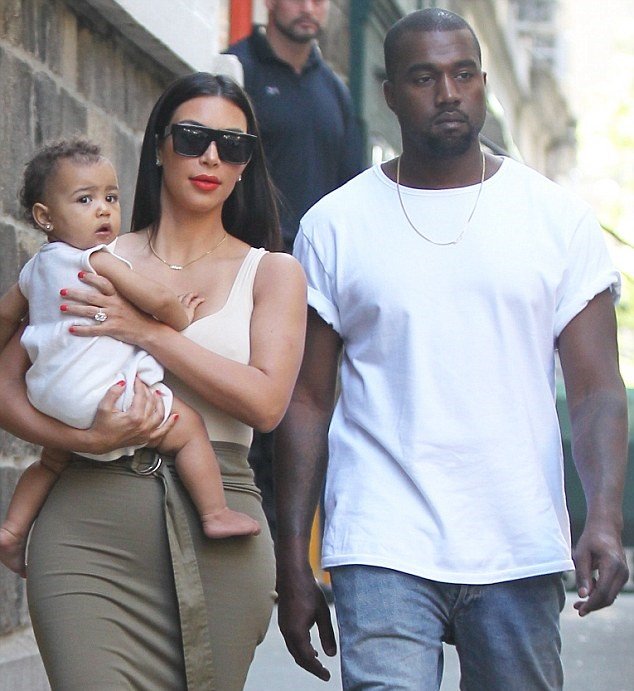

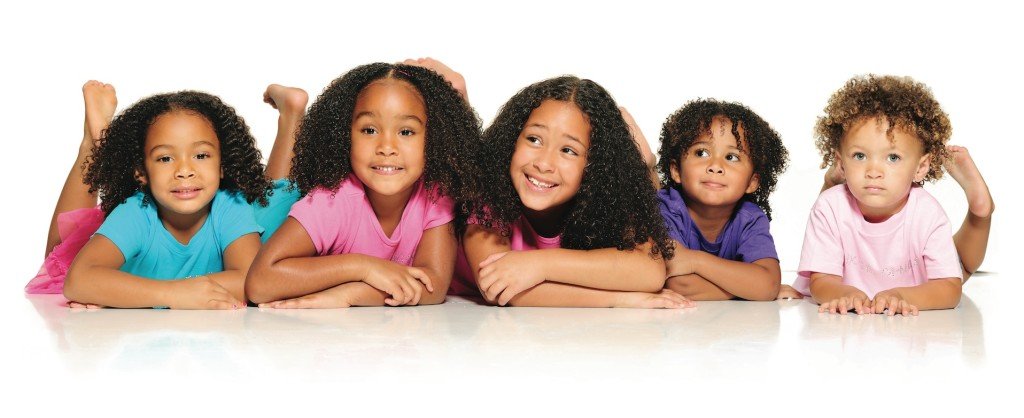
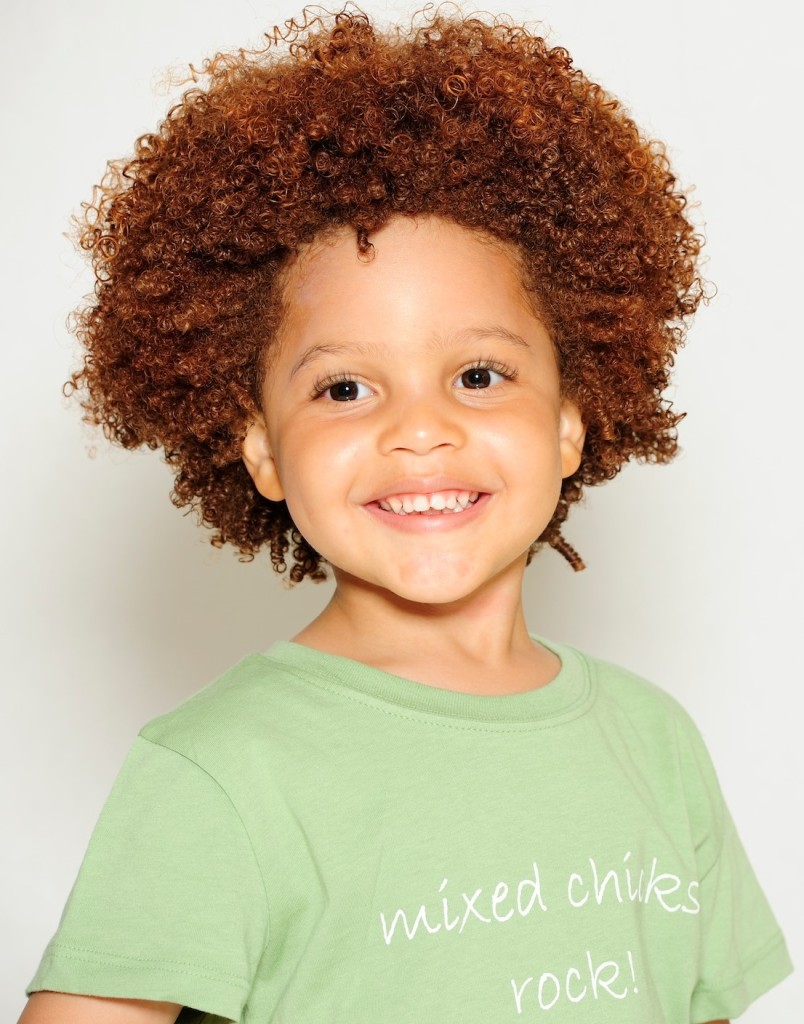

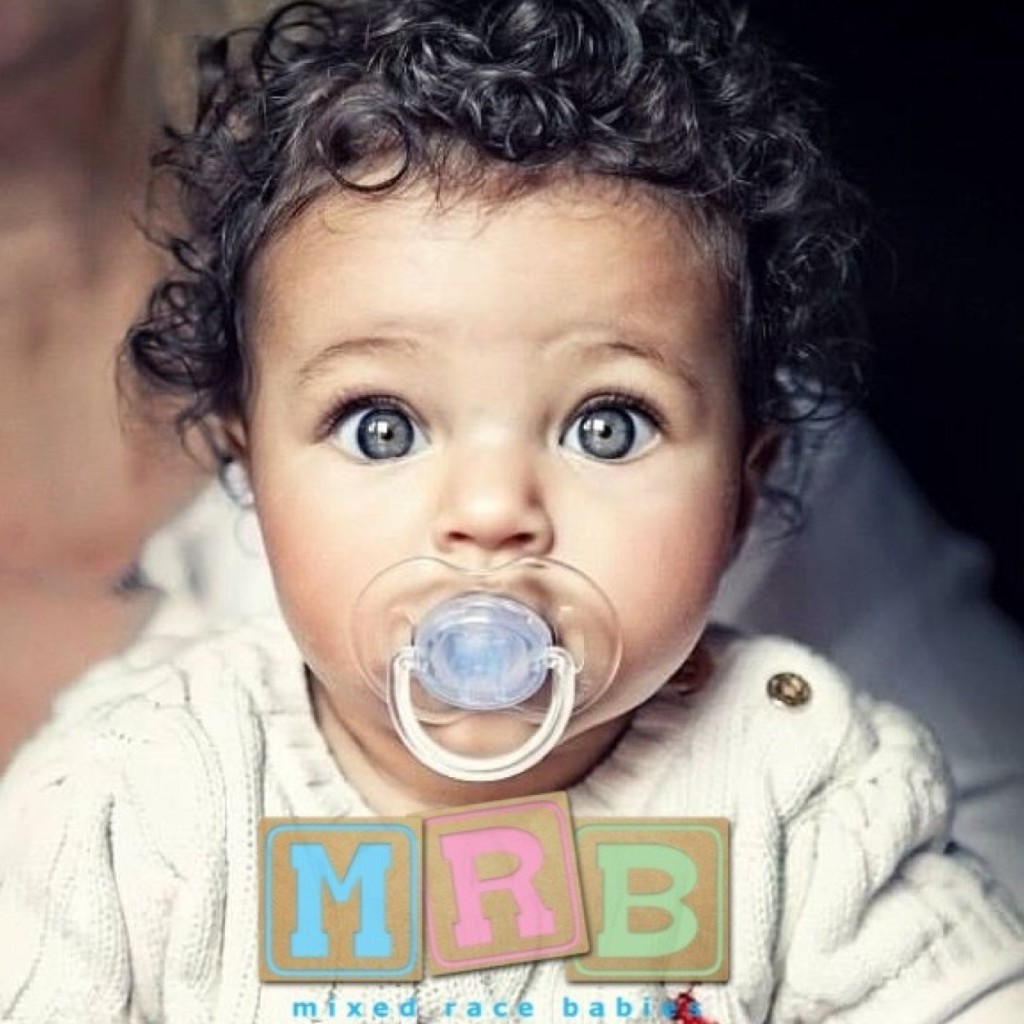
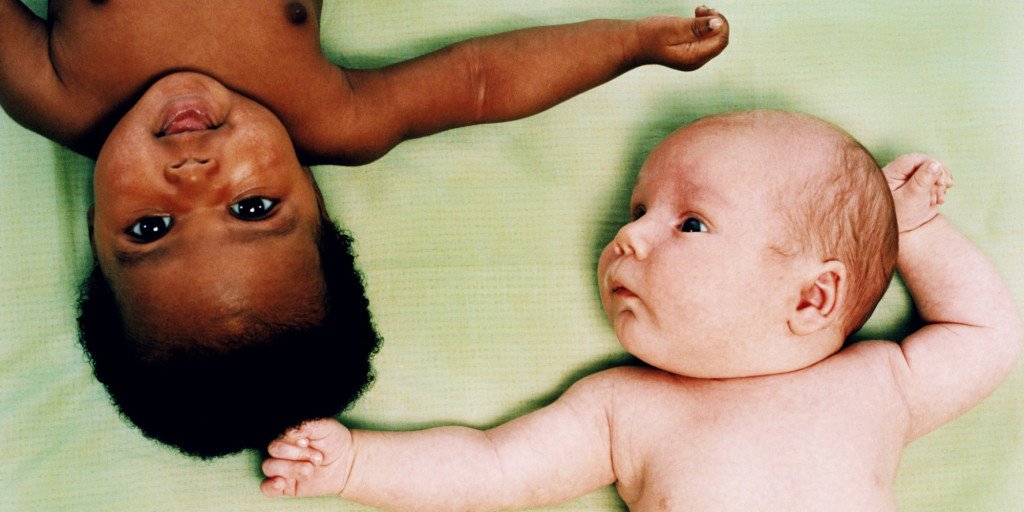

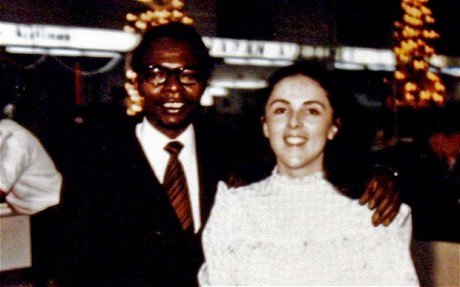
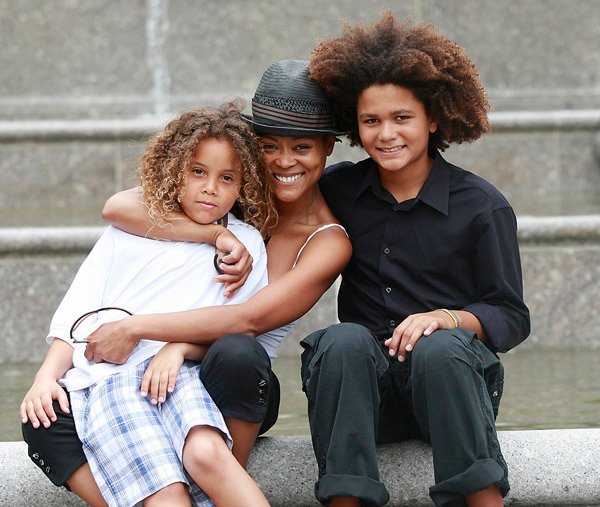
Comments
Post a Comment